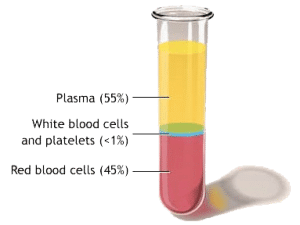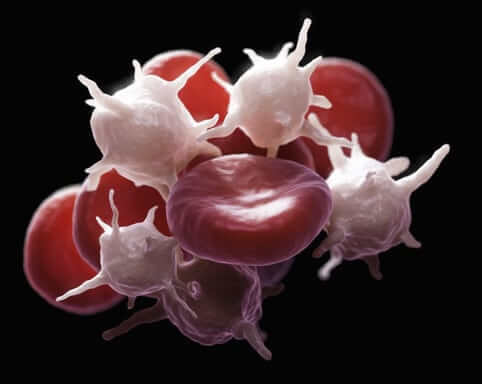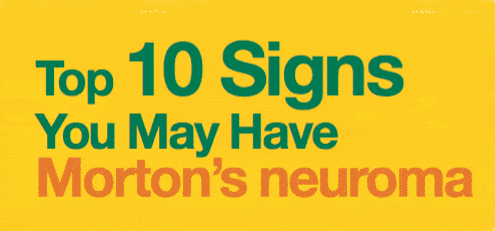Reviewed by Janet D. Pearl, MD, MSc
Platelet rich plasma injections (PRP) is regarded as a revolutionary modality of care in the regenerative medicine. Due to hazardous long term complications of surgical interventions, less invasive procedures like PRP are getting extremely popular as safer alternative to surgeries in the optimal management of soft tissue injuries.
PRP or platelet-rich plasma therapy involves sampling of a small amount of patient’s own blood to centrifuge and concentrate the platelets. Once ready, these concentrated platelets are re-injected into the damaged tissue to enhance the natural pace of healing and regeneration. It is not only safe, but is also effective and hazard-free in the long term.

Platelet rich plasma therapy is the re-administration of your own platelets to activate the body’s natural healing cascade for repair and regeneration at the site of the Morton’s neuroma. High concentration of platelets also stimulate the release of growth factors that further aid in tissue regeneration.
PRP technique has been in use for over 2 decades, especially in the surgical field where orthopedic surgeons have used PRP to enhance the pace of healing. Various research studies have suggested that utilization of PRP can offer valuable benefits in soft tissue injuries as well as degenerative bone conditions such as spinal disc degeneration or arthritis.
PRP therapy has become extremely popular in the past few years, especially for the management of soft tissue injuries to restore the normal quality of life and performance in professional athletes. For example, 27-year old basketball player, Brandon Roy (the Portland guard) was able to announce his comeback in 2012, just one year after declaring his retirement due to chronic knee discomfort. Before opting for retirement, Roy underwent 6 knee surgeries but to no avail. Then he underwent PRP therapy and it worked wonders.
Today, the data and statistical evidence on the effectiveness of PRP therapy is still in the early stages, yet a lot of professional athletes and sports personnel consider it a superior over surgical alternatives. Based on early clinical medical research done so far, the following injuries and soft tissue conditions respond well to PRP therapy:
Most people believe that Platelet Rich Plasma therapy is still in the experimental stages especially for the management of soft tissue injuries. Here are a few reasons why many professional athletes prefer PRP over surgical interventions or other invasive procedures:

References:


By providing us with your information you are consenting to the collection and use of your information in accordance with our Terms of Service and Privacy Policy.